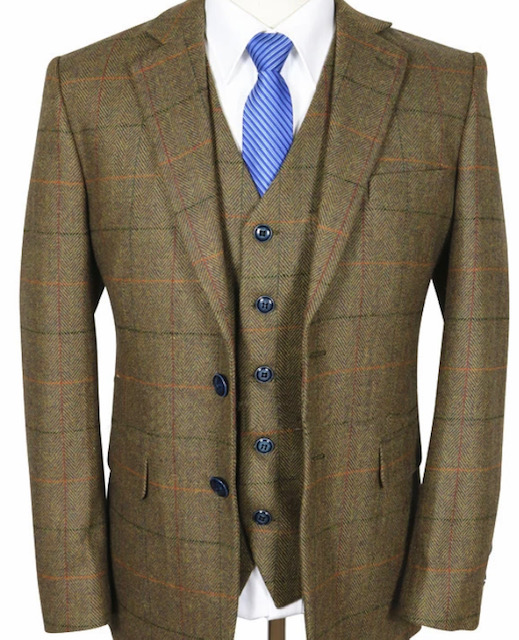
Article of History on Worsted Wool Fabrics
Term Worsted refers to a high in quality type of wool yarn. It is named After the small English village of Worsted, in Norfolk and Worsted village was in fact centre for manufacturing in the 12th century and therefore the name Worsted was chosen for this type of wool.
During the Middle Ages, common agricultural practices were in flux because new breeds of sheep were being introduced in England. The new breeds of sheep were recently known on those days and These sheep were raised in pretty well tall grasses and enclosed area. These sheep therefore could produce long wool called long staple which were quite useful to produce yarn used for this type of wool. This was all new since the older breeds of sheep were producing short staple wool.
Migrated textile weavers who settled to Norfolk loved this type of wool and therefore was used more often in weaving. It was soon then this type of cloth called “Worsted” sometimes around 19th Century.
In simple Worsted is actually wool but stronger, softer and smoother wool which keeps the rain and wind away and this is because of the closer weaves. It is useful to know that Worsted wool is durable, resilient and like to go back to it original shape and this is perfect for suit wear or DISH DASHA Arabic Wear. When you sit or lean while having the garment, you do not want to crease and that is good thing with worsted wool that will get rid of crease and wrinkle as much as possible.
Clump of wool on the sheep has both short and long fibres, which at the point of manufacturing will be processed in a complex and time-consuming step and will turn into yarn and the woven sheets. This is why worsted wool is more expensive than woollen fabrics.
Super 120’s, 150’s and etc– what are they and what they are stand for?
It was around 1960 when the first super fabric was developed. It was Super 100 wool and it had the silky and smooth feel to this fabric. It was then Super 120, Super 130, Super 15o and so on was introduced. Basically, higher number in Super will have narrower fibre and lower diameter of the wool fibre. But remember that higher quality doesn’t always mean higher durability of the fabric. High S-number can sometimes cause problems when making a suit and it does not shape up when dry cleaning. A lower S number below 120 would be good enough to make a suit in our opinion. However, higher S- number would be finer and more delicate with particularly silky or smooth finish touch which make it particularly perfect wear for DISH DASHA Arabic clothing.
Here are some more details and breakdown of the above:
Now days, there is demand for higher super and some would pay for this high in value worsted and super fine cloth which also can include percentage of cashmere in them. Demand for this valuable cloth and cost of manufacturing has attacked some mills to mis label the fabrics and its actual fibre or details for higher profit. This is why there were some regulations were introduced regarding the fabric labelling code of practice by International Wool Textile Organization to stop this practice and there will be a fine if anyone does not follow these guidelines.
Please follow the link below for more details for IWTO Fabrics Labelling Code of Practice:
Link to the International Wool Textile Organization (IWTO) Code of Practice (Code) (ftc.gov)
Please email us at: info@leilafabrics.com if you need any more information you may need before making your purchase and our customer services will be happy to explain more about our products in details.
- Back to Blogs

